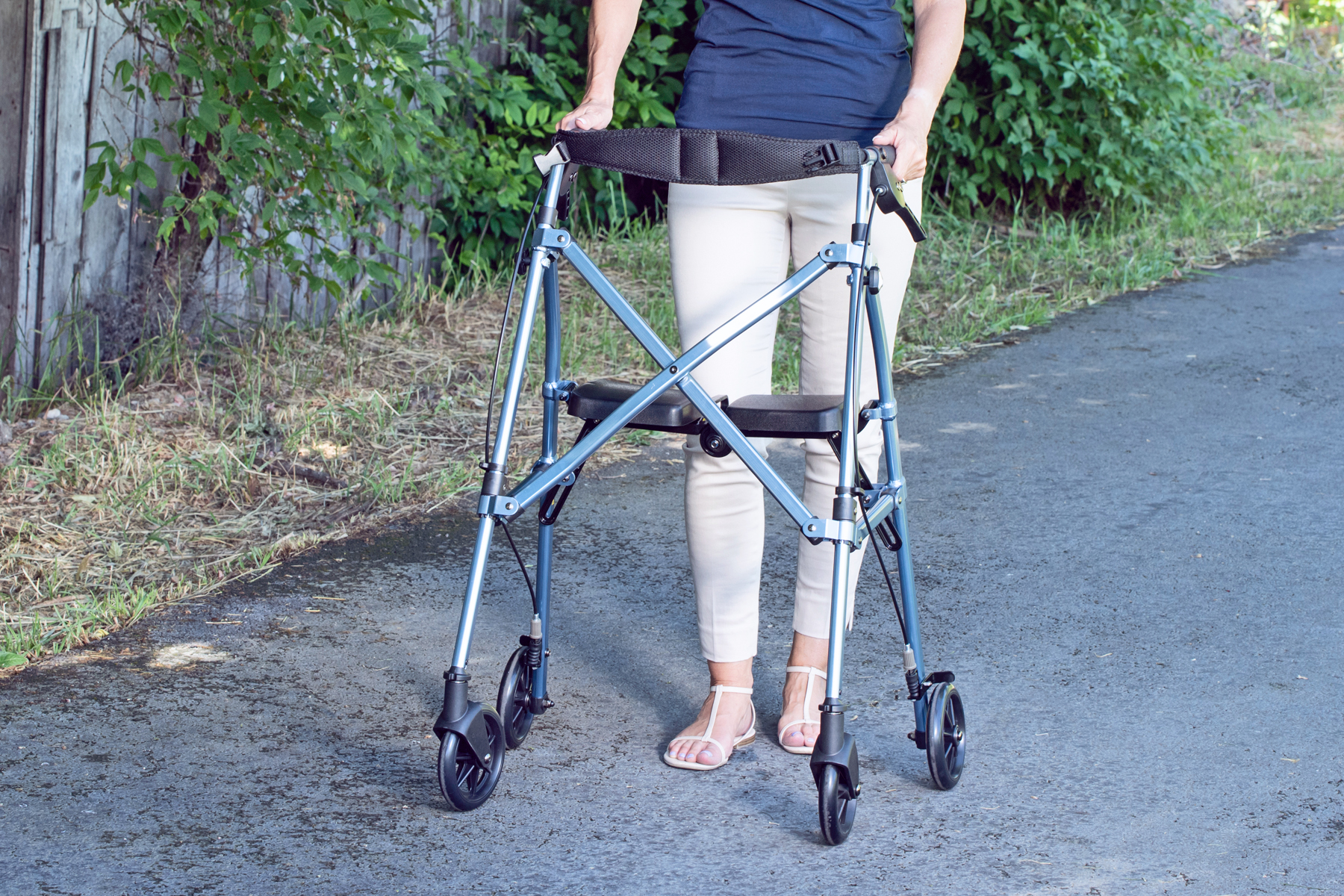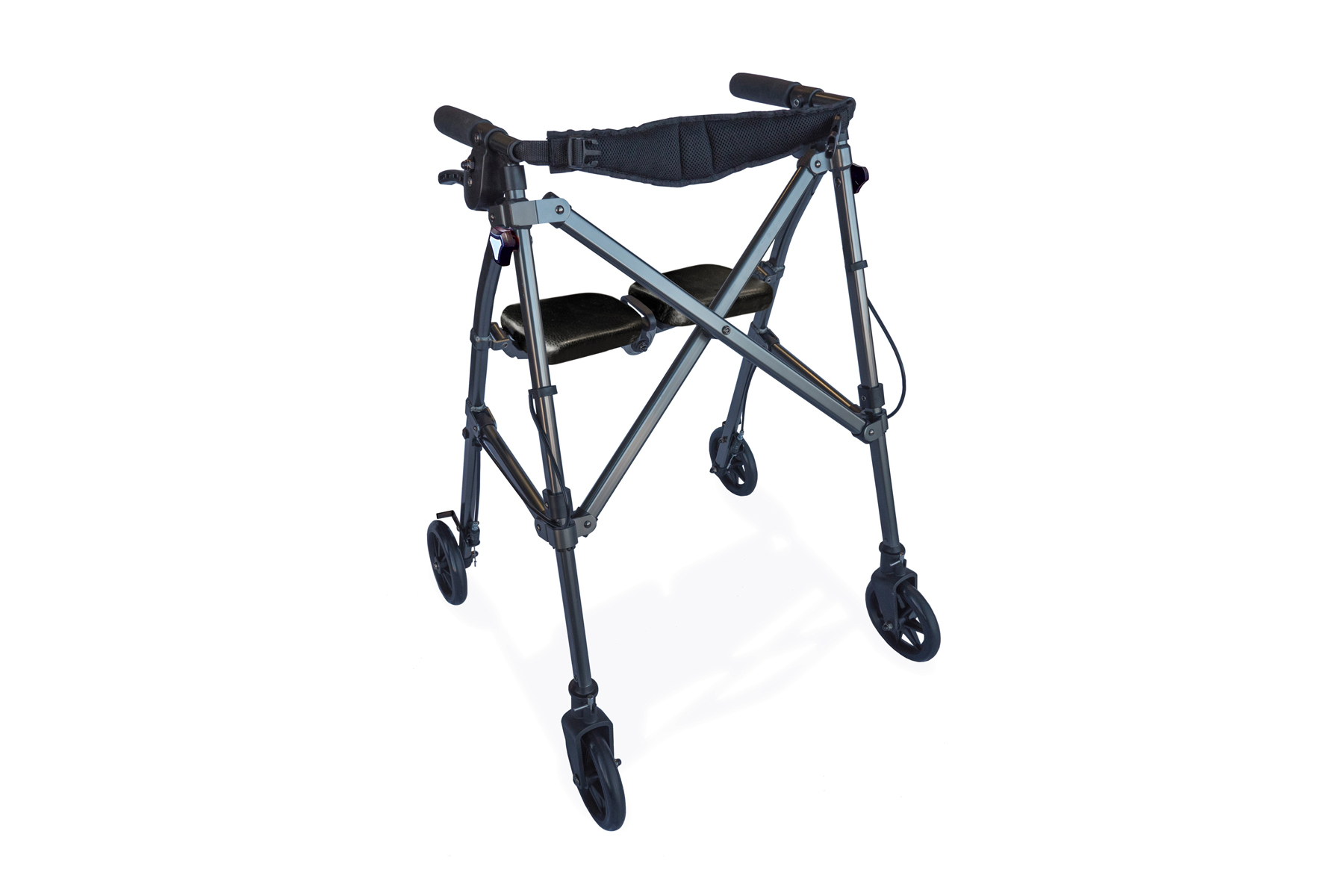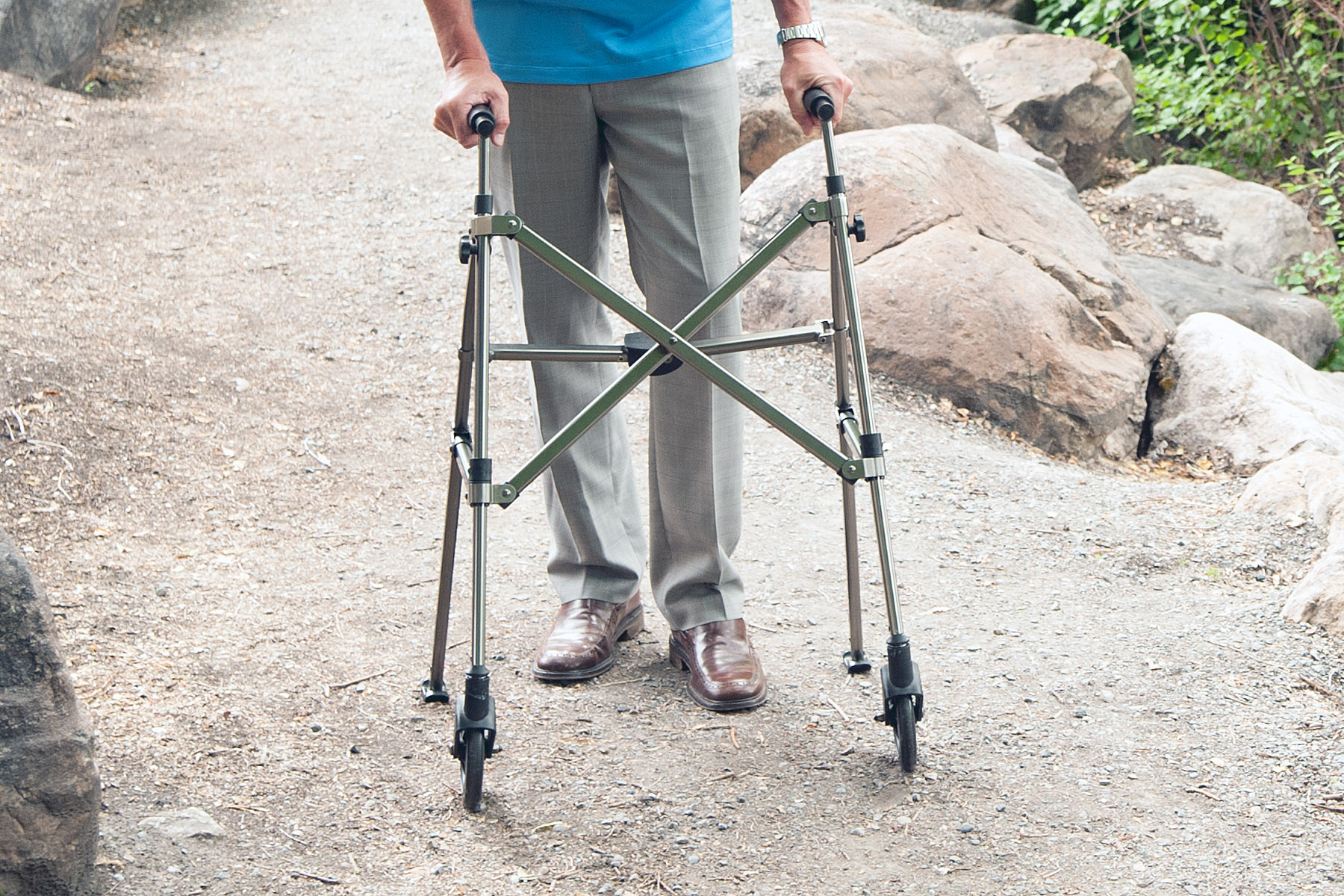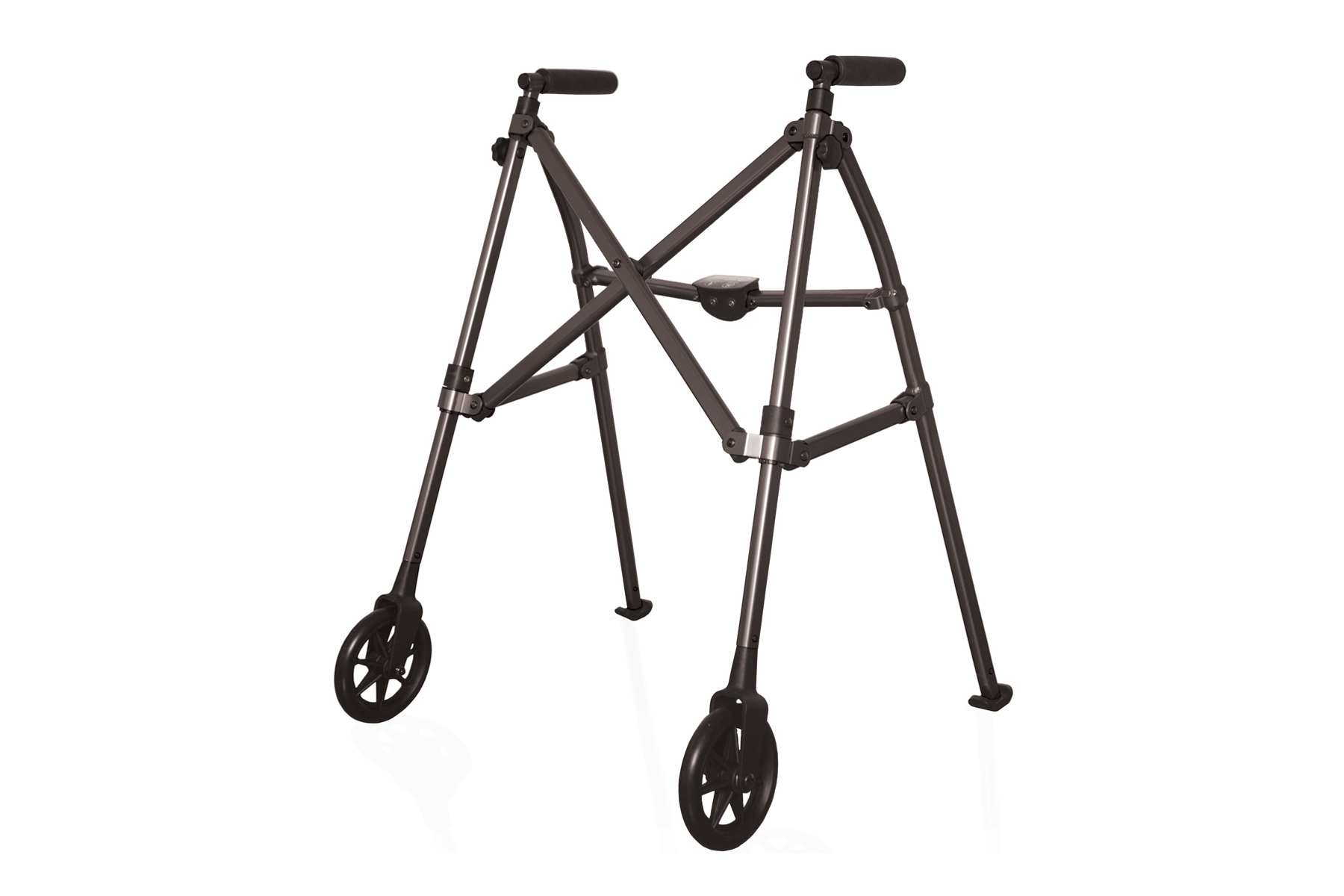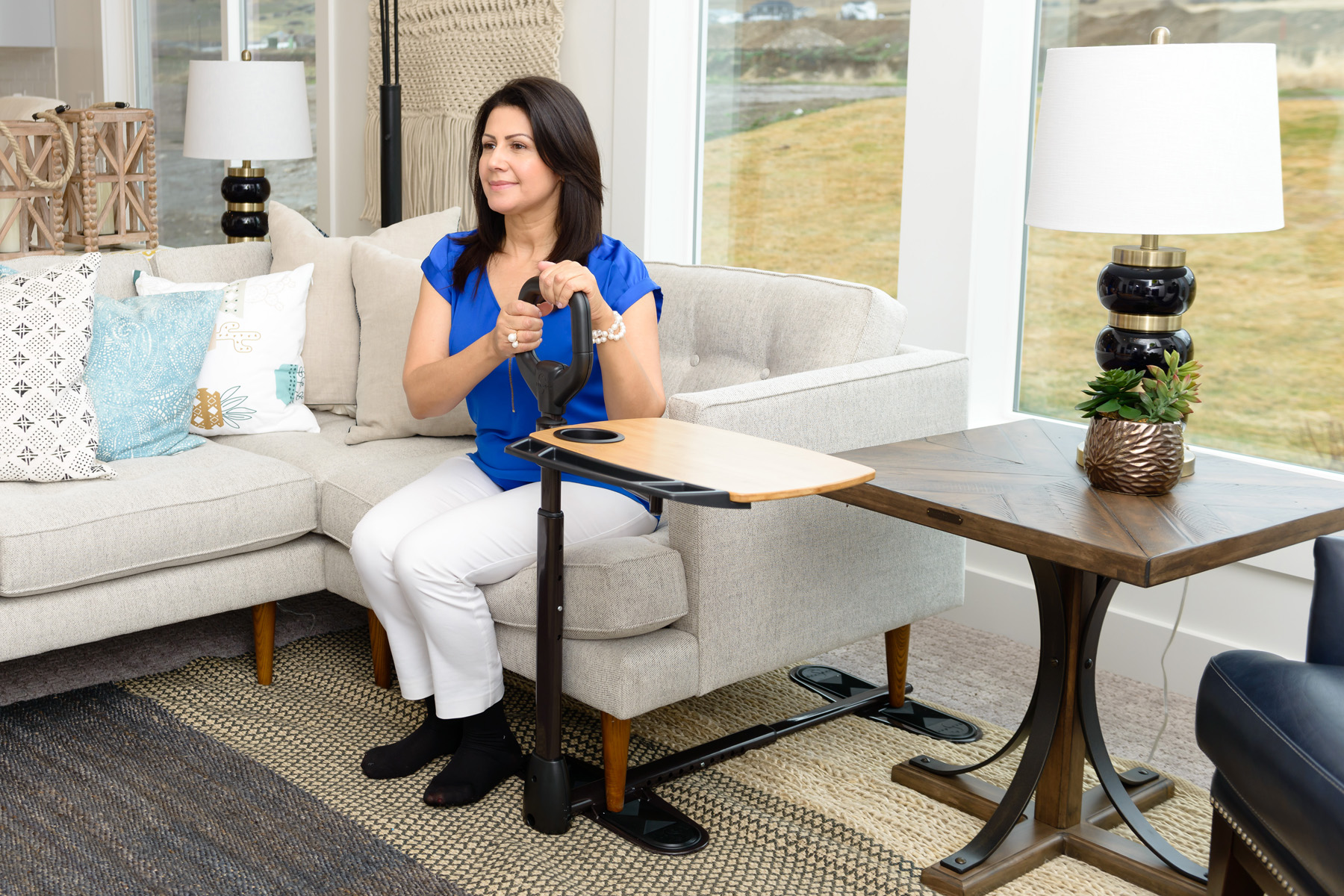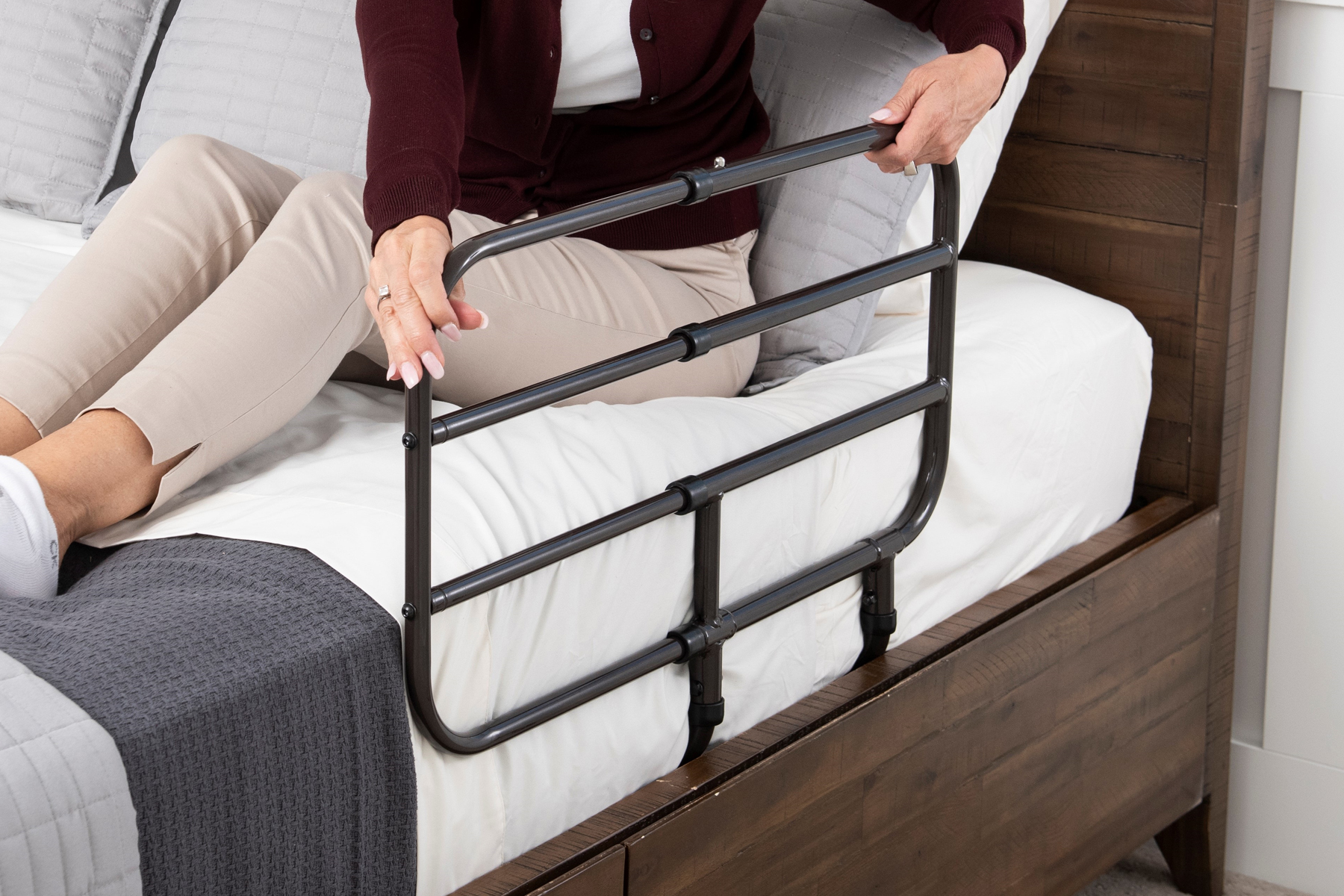5 steps to prevent elderly falls at home
Most falls can be prevented by being proactive and taking the necessary steps
It sounds startling because it is. Every 11 seconds an older adult is treated in an emergency room for a fall related injury, and these falls are the leading cause of both fatal and non-fatal injuries in ages 65 and older. Falls can be devastating and result in broken hips, fractured bones, and dangerous head injuries. Such injuries force families into difficult decisions and can have serious implications on an elderly person’s mental health.
The risk of falling doubles once one fall occurs. Sadly, we often don’t even think about fall prevention until a fall has occurred and it’s too late. 65% of older adults with long-term care needs rely exclusively on family to provide much-needed assistance. You might be one of these people tasked with caring for an elderly family member, which means the risk of falls weighs heavily on your mind.
Common Causes of Falls
The good news is that most falls can be prevented. Knowing why they happen and how to mitigate risk can help your loved one stay happy and healthy for as long as possible. Here are some common causes that leads to falls:
-
- Surroundings: Seniors may want to stay in their home as long as they can, but these homes may not be well-suited for their abilities. There are simple modifications and many solutions you can implement to transform their home into a safe environment.
- Loss of Balance and Gait: Losing balance and coordination as we age is not uncommon. The less active we become, the less mobile and flexible the body gets.
- Loss of Vision: The older we get, the less light will reach the retina, making tripping hazards more difficult to see.
- Chronic Illnesses: Over 91% of older adults have more than one chronic health conditions. Chronic illnesses such diabetes, strokes, or arthritis result in a loss of mobility and function and increases the chance of falling.
- Medications: Side effects from prescription medications or over-the-counter drugs, such as dizziness or dehydration, can lead to falling.
Steps to Mitigate Fall Risk
With knowledge of what to look for, let’s review five easy steps to take that will help prevent your loved one from falling.
Talk candidly with your loved one about their health and mobility
Many older adults are embarrassed to admit that they have lost mobility and are prone to falling. Honest conversations between senior and caregiver help each other understand what needs to happen to ensure safety. Talking candidly to a loved one about your concerns can go a long way in having open dialogues about their mobility needs. Reviewing the common causes of falls with each other will give you an idea of what solutions need to be implemented. Here are a few good questions to ask:
-
- What side effects do you experience from your medications? Are you able to remember to take your medications at the correct times?
- Do you ever experience any dizziness, lightheadedness, or imbalance as you lie down, get up, or walk?
- Are you having difficulties hearing or seeing? Do you need to update your eyewear prescription?
- Are there daily tasks that are more difficult to do now than it was to do before? Have you experienced any rolling in bed? Is it difficult to get off the couch?
If there are any apprehensions from your conversations concerning their health, encourage them to visit with their health care provider. Professionals can help move the conversation along while recommending the right solutions for your situation. It’s important to remember that these conversations are should occur on a regular basis as new side effects, symptoms, and difficulties arise.
Be observant as you provide care
Open conversations are extremely important, but equally important to caregivers is observing your loved one and anticipating their needs. Did you notice how they gingerly got up out of their chair? Are they holding onto walls or using furniture to steady themselves as they walk? Are they avoiding certain rooms or activities without telling you why?
Noticing the ways your loved one interacts with their home will provide you with clues as to what they are not telling you about their health. It also gives you an idea of what you need to fix to ensure their safety and independence.
Provide ways to get regular physical activity
With the approval of your healthcare provider, physical activity can go a long way towards preventing a fall. Whether it be a program at the local community center or one that is performed at home, a consistent workout program will improve mobility by increasing strength, balance, coordination, and flexibility. Experts recommend exercising at least three days a week for 30 to 60 minutes. Weights, stretching, cardio, yoga, Pilates, and evening doing Zumba will help joints and limbs more easily perform daily tasks. We recommend creating a schedule for your loved one with exercise and balance programs built-in at the same time of the day.
If you or your loved one is afraid of physical activity because of their risk of falling, talk to your doctor. A doctor may recommend a sensibly supervised exercise program or refer you to a physical therapist. Physical therapists can create a custom routine based on the appropriate level of activity designed to improve posture and balance.
Conduct a walk-through safety assessment on your home
Many people may believe making a home safe for a loved one requires a complete and expensive home renovation. This simply isn’t true. There are very simple modifications that can be made to make a home a safer place for seniors.
A Home Safety Assessment is an important step when deciding what needs to be done to prevent falls. Safety assessments can be performed by accredited home medical professionals, or you can consult with an occupational therapist for help. When performing such an assessment, these professionals will examine the home for fall hazards in each room and help create a plan tailored to your loved one to overcome such safety hazards. Here are a few examples of such red flags that a professional might look for:
-
- Bathrooms: Can the person easily get in and out of the bathtub or shower and get on and off the toilet safely? If the answer is no, grab bars, shower benches, raised toilet seats, and floor-to-ceiling poles might be recommended for purchase. In extreme cases, a walk-in shower may be the best course of action.
- Lighting: Is the house properly lit, especially in areas of concern such as the stairwell, bathroom, and bedroom? If not, night-lights might be recommended for hallways, stairwells, and bedrooms.
- Bedroom: Is the patient prone to night tremors or sleepwalking? If yes, they are at risk for falling out of bed. A full-length guard rail could be recommended to keep them from falling out of bed.
- Living Room: Is there clutter, cords or furniture that prevent tripping hazards? If so, boxes, décor, electrical cords, and even rugs may need to be relocated. Can they easily get up from the couch? If not, a lift chair or other standing aid might be needed.
As you can see, it is important to place your focus on the most vulnerable areas of the home. Vulnerable areas can be the places that present the most danger (like the bathroom) or places where the most time is spent (like the living room). Bathrooms have hard surfaces and sharp edges, living rooms usually have large amounts of furniture or cords, and vulnerable time is spent in the morning and evening when balance and cognition may be impaired.
For a comprehensive list of safety assessment questions, sign-up to receive our Home Safety Evaluation Checklist for free. Our assessment tool offers a complete checklist of room-by-room falling hazards and offers recommendations for best-in-class fall solutions aids such as bed rails, transfer poles, chair standing aids, walking devices, and more.
Find and implement the right assistive devices
Using assistive devices is one of the easiest and most common ways to prevent falls. Assistive devices might be recommended to you by a doctor, occupational or physical therapist or even the Home Safety Assessment! Here are a few examples of common assistive devices you may want to consider:
-
- Bed rails and handles to prevent nighttime falls out bed and to assist out of bed
- Grab bars and transfer poles to get out of the tub or shower
- Raised toilet seats or toilet rails to help get on and off the toilet
- Bath or shower benches to use while bathing
- Stand assist devices to get up and down from a favorite chair
- Lift chairs to help get to a standing position
- Walkers or rollators for balance and stability while walking
- Auto canes for assistance out of a vehicle
When deciding on an assistive device, it is crucial to find the right device for your loved one. Using a device that does not fit their body type, is placed in the wrong position, or is installed incorrectly their furniture can actually increase the risk of a fall.
It is a good idea to talk to a professional who can help fit your loved one to the correct device. And while everyone loves finding a good deal, remember that no price is too great when purchasing equipment that will keep your loved one safe and independent.
.

